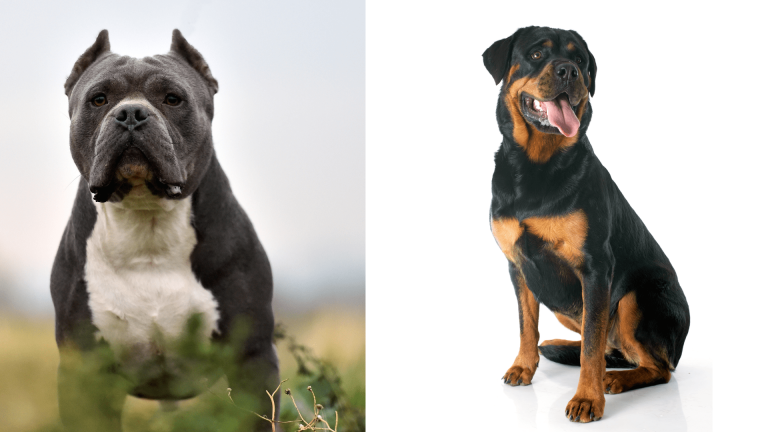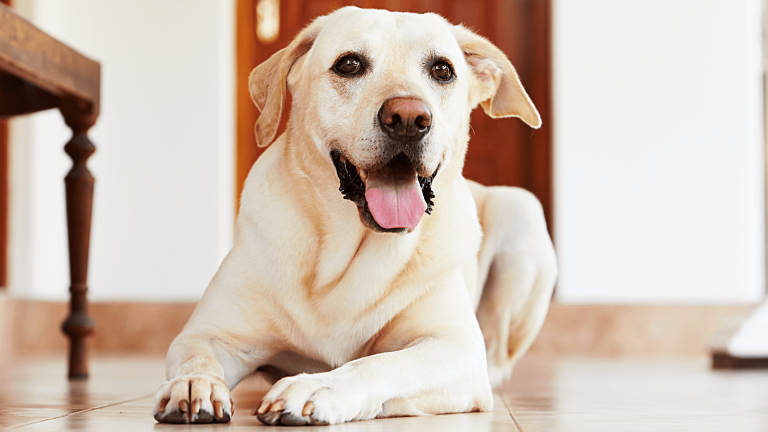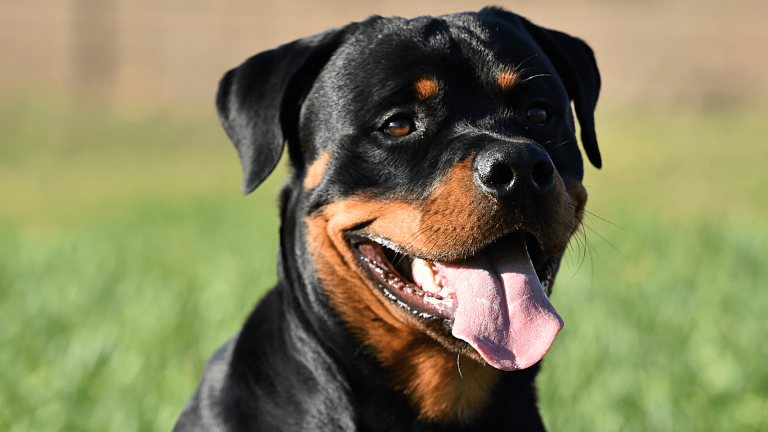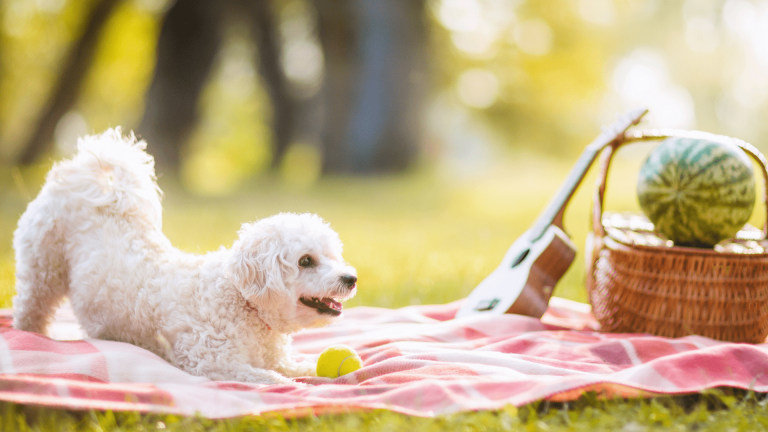Are Huskies Aggressive Dogs? 10 Reasons
Where are Huskies Initially From?

In the north, such as in Alaska, sled-pulling dogs are called “huskies.” Huskies are often fast-moving, lively dogs. They typically acquire athleticism from birth as a result.
When you mix a propensity for exercise with domestication efforts, the likelihood of a violent outburst rises. It could lead to injuries from dog bites.
Types of Huskies

There is no list of breeds that are unquestionably unsafe dogs for Huskies. There are other distinct breeds. Nevertheless, that fits the criteria of a husky. Among the principal types are:
- Siberian Husky
- Greenland Dog
- Sakhalin Husky
- Alaskan Husky
- Mackenzie River Husky
Different huskies have unique appearances. There are also miniature huskies, some of whom have blue or agouti-colored eyes. No matter what breed, a dog needs to be socialized, walked or exercised to avoid hostility and potential mishaps.
When dog attack fatalities consider, huskies come in sixth. Huskies were responsible for 13 injuries and 3% of all fatalities between 2005 and 2017.
When Can Huskies Be Aggressive?

Although huskies are often gentle and calm dogs, they can occasionally become aggressive.
The following are some typical reasons why huskies become aggressive.
1. Fear
A husky will try to retreat from danger when it is scared. The dog might bite if it feels cornered and has nowhere to go.
Nonetheless, the dog will initially try to growl, bark, or glare at you before biting. You could then wonder, “Why does my husky snarl at me?”
2. Inter-Dog Conflict
There are always struggles to establish dominance and social hierarchies in dogs. These conflicts typically tip over when neither dog prepare to yield to the other. Interdog fights may avoid with proper socialization.
3. Pain-induced Aggression
Any dog in pain will act aggressively to some extent, especially if it thinks you’re about to touch it where it is sensitive.
Watch out for signs of pain in your husky, such as low appetite, hunching over while walking, and a propensity to isolate oneself.
4. Predatory Aggression
It will get hostile if your husky focuses on something moving. These canines have a tremendous predatory drive, as we have discussed.
The dog might chase and bite the moving object if it’s a smaller pet.
5. Excited Play
When overexcited, certain huskies can become aggressive. It’s one of the consequences of insufficient stimulation or socialization.
6. Possession Aggression

You are also known as resource guarding, possession aggression results from your husky’s need to defend its food, patch, or other objects from a perceived threat. So, are huskies’ food aggressive?
Yes, your fur ball will jealously guard anything it considers it’s own.
First, the dog will stand over its “property” and try to bark or growl to keep the threat away. Persistence by the intruder may cause the dog to go on an all-out attack.
7. Territorial Aggression
Territorial aggression is another common type of aggression. Territorial dogs are usually possessive of their home, yard, or car. They might bark or growl at people who come near their property. In extreme cases, they might bite.
8. Protection Aggression
Huskies are pack animals, and pack members stick up for one another. Also, guarding is one of the tasks for which huskies breed.
Some huskies are overprotective of their owners, who they also perceive as their property.
9. Sex-Related Aggression
In times of heat, male huskies frequently compete for the attention of females. Moreover, females that are in heat compete for male attention.
Are male huskies more violent than female ones when we’re on the subject of sex-related aggression? Or do female huskies exhibit greater aggression?
Male huskies are naturally more aggressive because they are more territorial than their female counterparts. Therefore, a violent female husky is more straightforward to control than an aggressive male husky when they are compared side by side.
When only people of the same sex live together, sex-related hostility may also occur.
10. Redirected Aggression.
When a husky exhibits this type of violence, it usually targets a smaller dog or another animal unrelated to its problems.
Your husky will lash out at other smaller dogs or your cat when it can’t get what it needs from you and has no way to communicate this to you. So, do huskies attack tiny dogs?
We’ve seen that hostility toward smaller dogs frequently stems from misdirected annoyances.
Huskies Look Aggressive (Are Huskies Aggressive Dogs)

Because of the way they appear, huskies frequently perceive as aggressive. They can seem scary because of their enormous size and thick coat.
Coloration & Masking
Several hues are available for huskies. Although black and white are the most typical, they can also be red, gray, or all black or white.
Huskies frequently have markings around their eyes that give them the appearance of being angry all the time. It is known as “masking,” and huskies often exhibit it.
Masking happens when the coloration surrounding the eyes differs from the rest of the coat. The name comes from the fact that this might resemble a mask.
Double Coat
Huskies can withstand the cold thanks to their thick double coat. Long, straight hairs comprise the outside layer, while the undercoat is shorter and denser. Thanks to this combination, they appear considerably more prominent than they are, which can also give them an aggressive appearance.
Distinctive Eye Coloration
The keen eyes of huskies are another characteristic. The Blue-eyed huskies are the most remarkable of their various color variations, including gray, brown, and green. They can range in color from a pale icy blue to a rich royal blue.
They can appear threatening when you combine their distinctive eye hues with the infamous husky glare. Some believe that their staring could construe as hostile. When huskies gaze at you, they only try to get your attention. They have incredibly expressive eyes and can display a variety of moods.
What Should You do to Stop Your Husky From Biting?

Huskies utilize for defense; they need more defensive instincts. Any violent biting can avoid with training. The following are some crucial actions that must take to stop huskies from biting:
- Selecting your husky and giving them daily exercise according to the time and effort you can devote to training them
- Attempting to socialize your pups with other canines
- Supplying a range of chewable, such as toys, will make them less inclined to bite and chew
- Educating your husky to exercise self-control
- Avoid making your dog feel threatened
Huskies may be amiable creatures if they are educated and trained correctly. Unfortunately, these creatures are not usually well-trained, which can cause harm to uninvolved onlookers, anguish, and even death.
How Do Huskies React to Other Dogs?

Huskies are calm, kind, and caring canines. They get along well with both people and pets. They are playful and get along nicely with dogs when the conditions are appropriate. Yet, they do occasionally get aggressive toward other dogs.
Huskies are working dogs by nature. They exhibit a strong prey drive. They show undesired hostility against small dogs and cats who enter their personal space. They are big dogs and difficult to handle, potentially dangerous in the wrong situation.
Lack of sufficient socialization with other canines significantly contributes to this hostility. Your dog has to socialize from an early age. It enables individuals to restrain their rage and respond less quickly to unanticipated events. Regrettably, your husky needs to receive the necessary socializing because of a lack of knowledge.
Many dog owners start taking their puppies to dog parks quite early. It may result in abrupt behavior shifts, which further intensify conflicts. They can form strong bonds with other dogs by being properly leashed and walking in the area with other amiable canines.
Your husky can build a strong feeling of connection and socializing experience with the help of appropriate training, socialization, and behavior programs.
The Issue With Violence
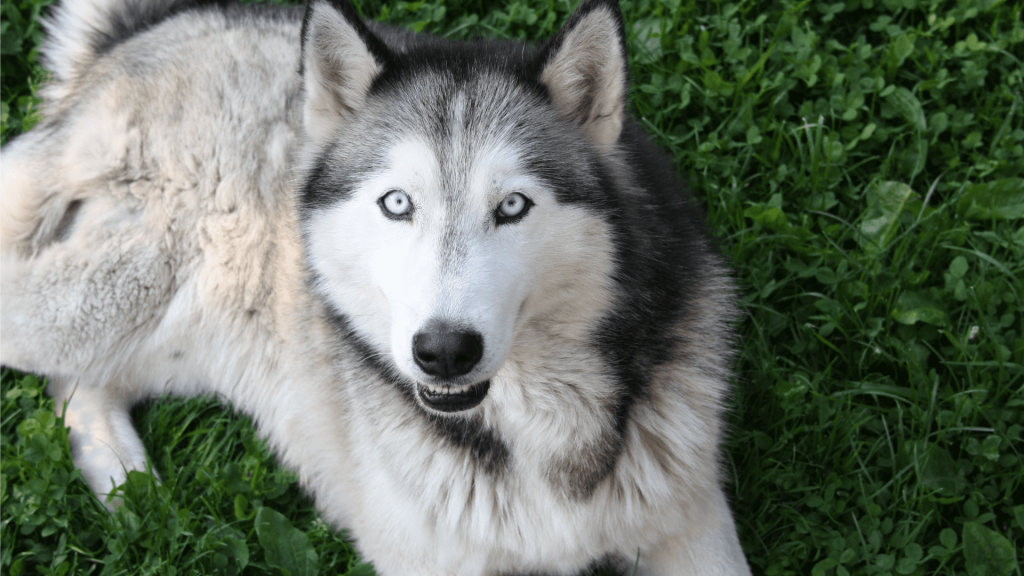
Although aggressive Huskies are uncommon, they could nonetheless display this feature if socialization efforts were unsuccessful.
It is dangerous to own a vicious dog, regardless of breed. Every violent dog is untrustworthy, especially around kids. The same is true for dog breeds that are often friendly with children, such as Siberian Huskies.
An aggressive dog might exhibit very unpredictable behavior. You might never know when it will strike, lunge, or lash out. When this happens, a dog owner may start to fear their dog to the point where they don’t want to be around him.
A Siberian husky with aggressiveness difficulties may appear pleasant and playful one minute but snarl and snap the next.
These erratic mood swings typically have a trigger, although you might not even be able to identify it at first. Sometimes, even you might not be aware that you are the trigger.
What to do If Your Dog is Aggressive
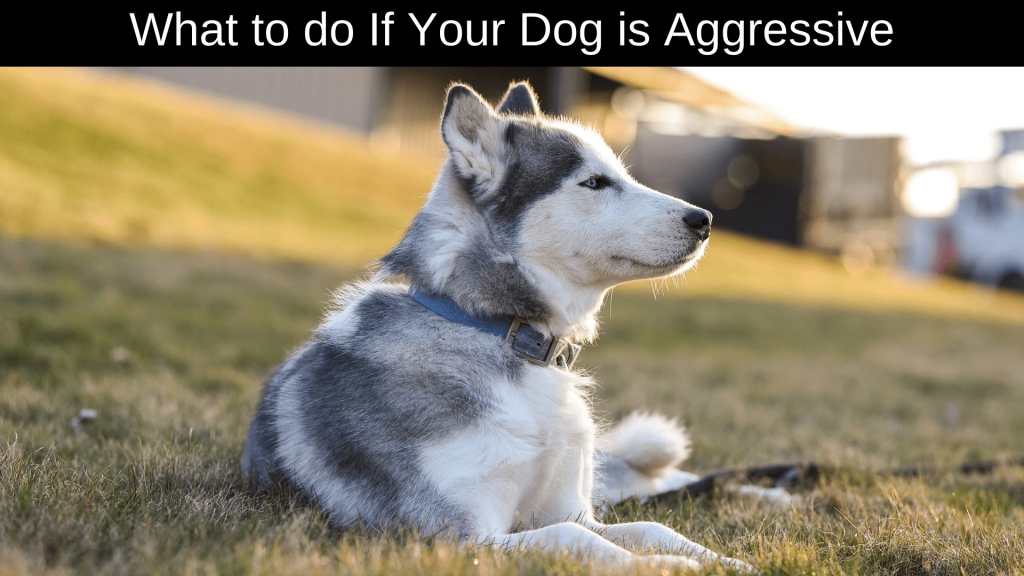
You can put your dog on the correct path if they are acting aggressively by doing a few things. It’s also essential to seek professional help if your dog’s aggression needs to improve quickly. A qualified trainer or behaviorist can help you identify the root of the problem and find a solution.
Also, it would help if you refrained from placing yourself in hostile circumstances with your dog. For instance, if your dog is aggressive toward food, you should keep them apart while they eat. The ideal area for your dog to run around is not a dog park if your husky is violent toward smaller dogs.
Also, it would help if you refrained from correcting your dog’s aggression. The issue will only get worse as a result. Punishment might make your dog more frightened and agitated, which can cause it to be more aggressive. The case will only get worse as a result. The sentence might make your dog more frightened and agitated, which can create more aggression.
There are several tools available to aid you if you need assistance managing your dog’s aggression. Educating yourself and seeking expert assistance is the best course of action. You may assist your dog in changing its aggressive behavior with some time and training.
Practice Routines
Making practice routines is one of the best things you can do to stop hostility. Dogs are schedule-loving creatures who thrive on routine.
Creating a routine can make your dog feel safer and less frightened. It will significantly help to deter aggressive behavior.
You can do the following things to create a routine:
- Every day at the same time, feed your dog.
- At the same time every day, take them for a stroll or to the park.
- Set a time for getting up and going to bed.
- Make sure they exercise frequently—a weary dog is a friendly dog!
Creating a routine may help your dog feel less stressed and avoid violence.
Obedience Training
Enrolling your dog in obedience classes is one of the best strategies to stop aggression.
Dogs learn to listen to commands and obey instructions through obedience training. Because it gives your dog a healthy outlet for their energy and frustration, which can help reduce aggressive behaviors.
Also, it teaches them that you are the alpha and that they should follow your lead.
From among the several accessible ways to obedience training, pick the one that works best for both you and your dog. From among the various accessible approaches to obedience training, like the one that works best for you and your dog. Options consist of:
- Educate yourself using books and online classes to conduct your DIY obedience training
- Obeyance lessons are frequently provided in-store by pet retailers.
- Look for pet behaviorists in your neighborhood.
Crate Training
Another effective method for reducing dog aggression is crate training. Dogs can retreat to their crates when they’re feeling tense or anxious.
Ensuring your dog’s crate is comfortable is crucial during crate training. The box should never use as a punishment. Instead, you ought to stuff it with preferred snacks and toys.
Although it may need some patience and time, crate training is worthwhile.
The Bottom Line
Huskies may be aggressive. Usually, no. But each dog is unique, and some dogs may be more prone to aggression than others.
You can do many things to stop your husky from being aggressive. Obedience training and routine establishment are two excellent places to start. You may assist your dog in changing its aggressive behavior with some time and training.
So, I hope you got the full idea on Are Huskies Aggressive Dogs? 10 Reasons.
Please comment below about your ideas and share this “Are Huskies Aggressive Dogs? 10 Reasons” article with your friends.
Keep yourself updated by regularly visiting our website for more exciting content. And don’t miss out on our previous articles as well.
Until You Can Read: Top 10 Pros and Cons of Owning a Dog at Home.

